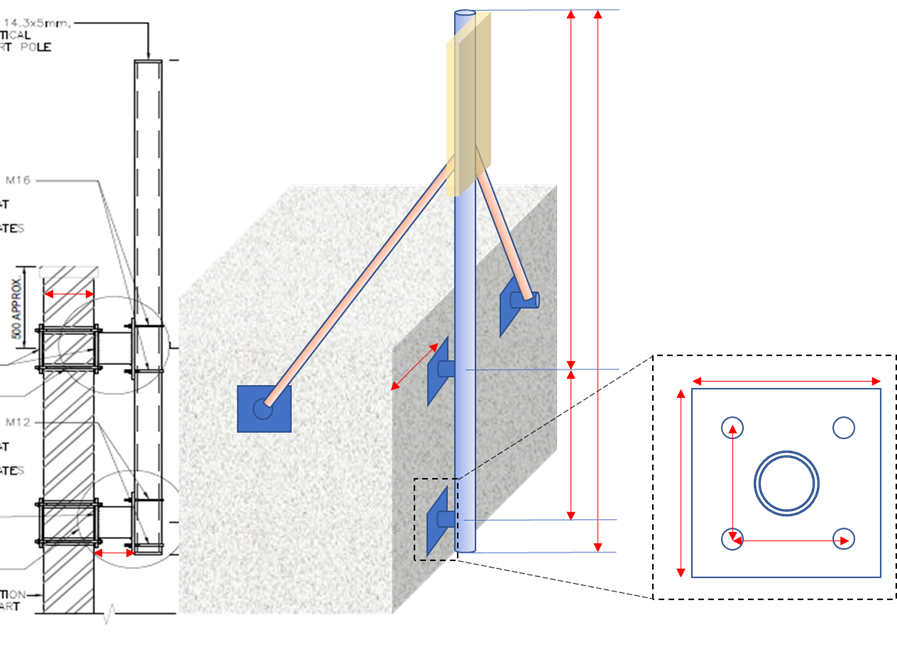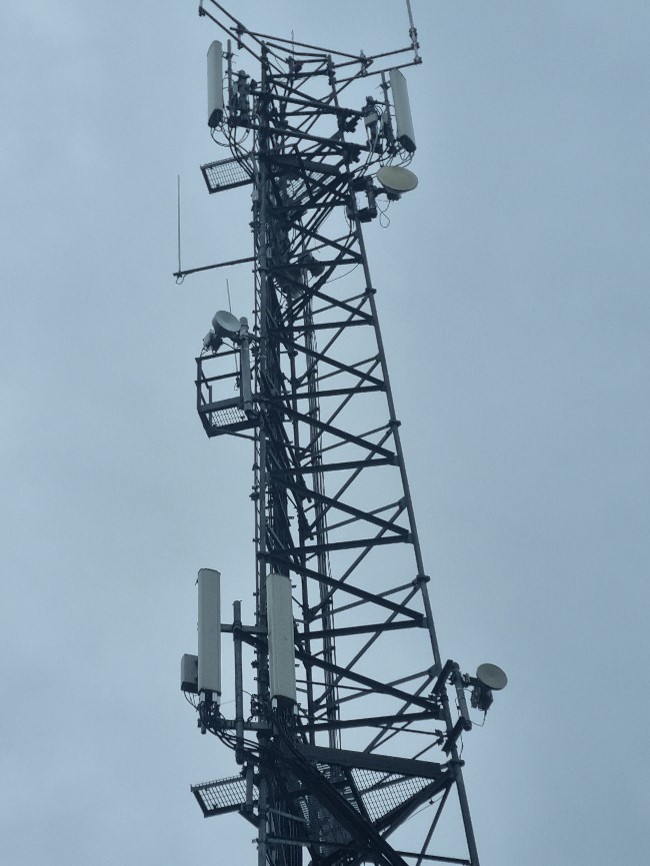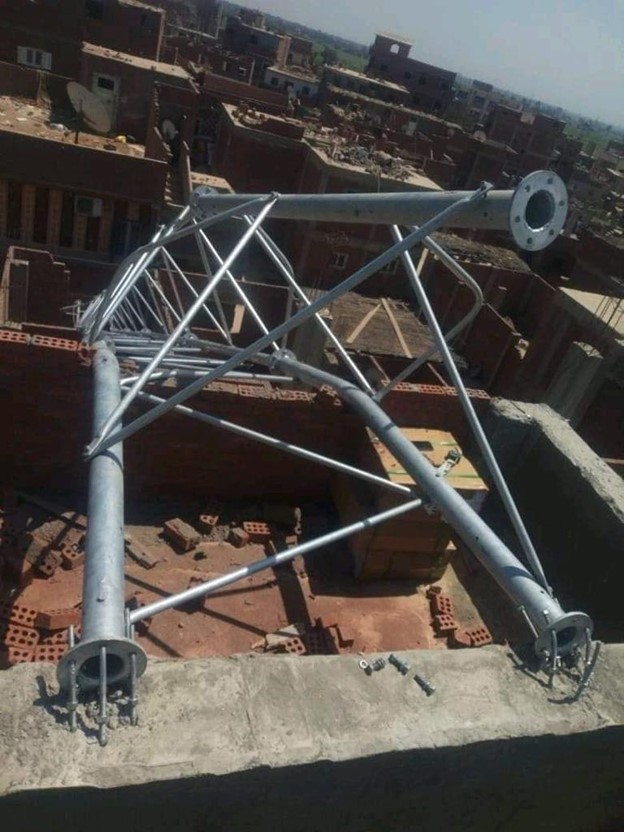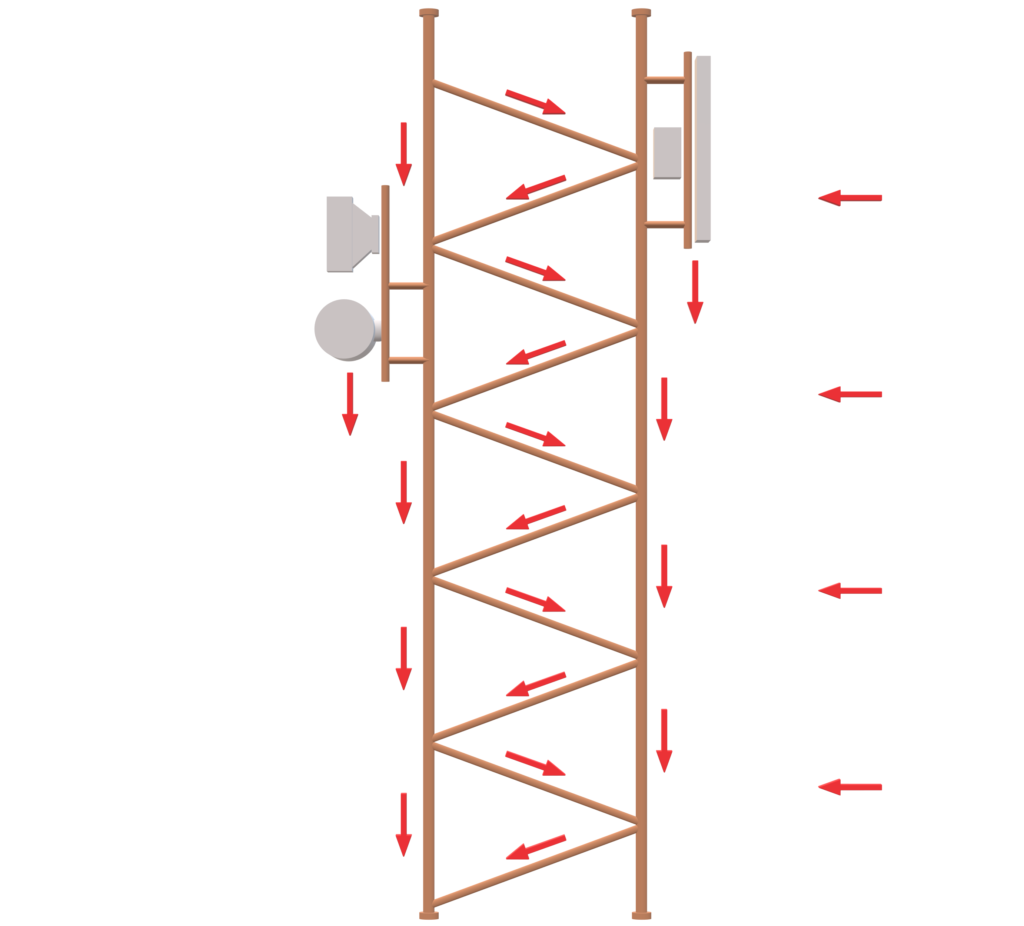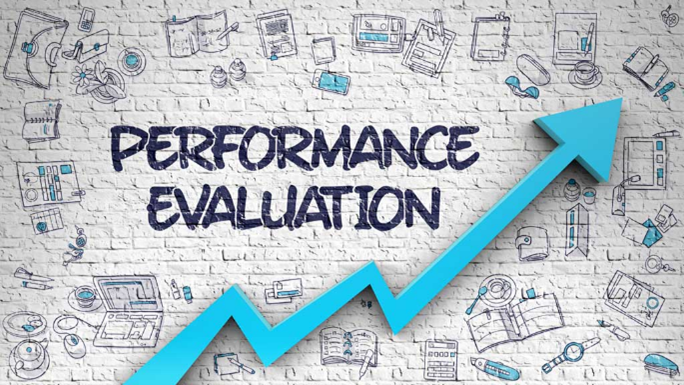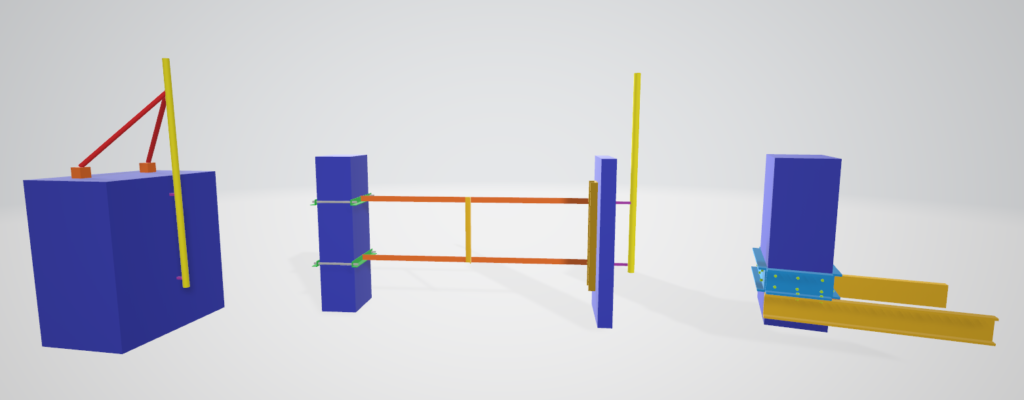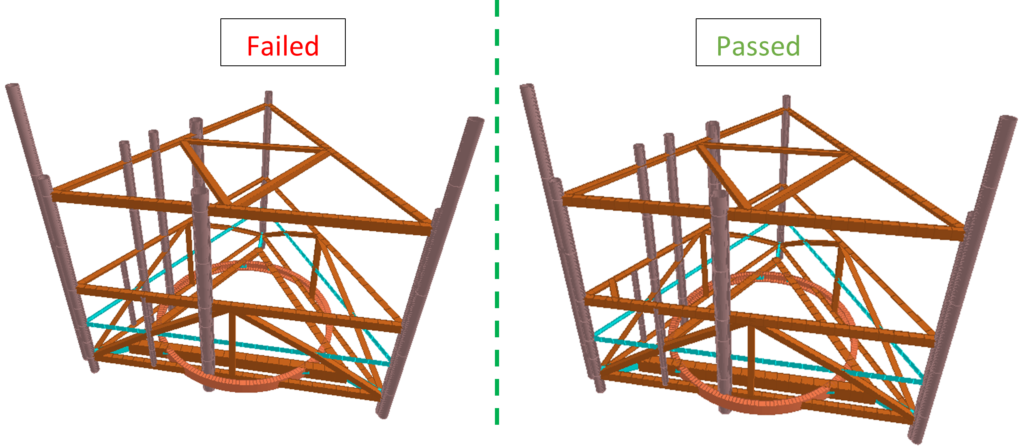Wall mounted telecom antennas are one of the best options for services in urban areas where it is not feasible to go for ground-based tower installations. They can be installed on various buildings including office, residential, workshops, and many others. They can be installed either on walls or parapets. However, the installation should be done such that the load is transferred to the primary structure efficiently and without causing any problems to the integrity of the primary structure.
To design an efficient configuration, it is critical to record the below structural details during survey.
- Identify the primary structure type and its thickness: The wall may be concrete, masonry or cladded with underlying steelwork. If you have a lot of different construction types on your site, it’s important to check them all before finalising the installation location.
- Check the location of existing/proposed wall mounted telecom antennas: Ensure that the wall brackets are at least 300mm away from nearest wall edge. Check the height of the antenna from the ground and overhang above top wall support.
- Measure the antenna support steelwork including the wall brackets.
- Check the spacing between brackets: can it be increased if required for safe design?
- Check if the wall connections are resin anchored or back plated:
- If resin anchors, make sure that the anchors are not installed in mortar as this could lead to corrosion issues. They should always be placed through the bricks.
- For resin anchors, check the wall plate size and spacing between anchors carefully.
- Check if any secondary supports like bracing is provided: Braces are good way of distributing the loads on primary structure in case of excessive overhang. This should be done using 2No. orthogonal braces connected to suitable locations on wall/roof.
- Check if there is any deterioration of mortar on wall surface and how can it be repaired.
It is important to note that these surveys should always be performed by an experienced surveyor who understands the basics of structural engineering.
KA Engineering Group not only completes structural due diligence for all telecommunication support structures, we also take further responsible steps to consider, advise, and optimise each site, ensuring cost effective design, installation, and maintenance for build contractors and efficient utilisation for operators.
Contact our expert team at info@ka-engroup.com to learn more and discuss how we can best serve your needs


